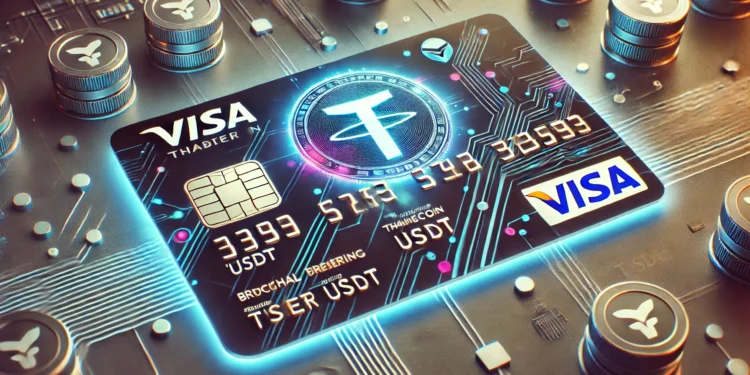- Visa’s VTAP aims to support a variety of tokenized assets, including stablecoins and CBDCs, in its sandbox phase.
- Platform targets institutional investors and central banks for secure minting, transferring, and settling digital assets.
- Visa plans a live pilot launch for VTAP in 2025, focusing on Ethereum blockchain integration.
Visa has announced the introduction of its new Visa Tokenized Asset Platform (VTAP), a system designed to assist in the issuance and management of digital assets. The platform, revealed on October 3, aims to support a wide range of tokenized assets, including stablecoins and central bank digital currencies (CBDCs). Currently, VTAP is in a testing phase, with partners such as Banco Bilbao Vizcaya Argentaria (BBVA) exploring its core functionalities.
Visa’s Push Into Digital Assets
The VTAP platform is intended to cater to the needs of institutional investors and central banks, providing complete infrastructure for minting, transferring, and settling digital assets across both public and permissioned blockchain networks. Vanessa Colella, Visa’s global head of innovation and digital partnerships, emphasized that Visa’s expertise in tokenization can help banks incorporate blockchain technology into their operations.
Visa envisions VTAP as a tool to help banks digitize and automate complex workflows. One example given by the company involves automating the management of credit lines using smart contracts and tokens backed by fiat currency, enabling automatic payments when conditions are met. Another scenario suggests that customers could use fiat-backed tokens to purchase tokenized commodities or treasuries, allowing for near-instant settlements.
Future Launch and Platform Capabilities
Visa plans to conduct a live pilot of VTAP with select customers in 2025, utilizing the Ethereum blockchain. The platform’s key feature is its interoperability, allowing banks to enable multiple use cases with a single API connection. This would allow them to interact with clients and partners on both permissioned and public blockchains.
Visa aims to position VTAP as a bridge between traditional finance and decentralized finance. The platform is intended to be easy for banks to adopt, requiring minimal technical integration while offering “always on” and efficient access to its features.
However, Visa has recently faced scrutiny in the United States. On September 24, the Department of Justice (DOJ) filed an antitrust lawsuit against the company, accusing it of maintaining a monopoly over debit payments. The DOJ alleged that Visa employs exclusivity agreements and the threat of penalties to prevent competition from gaining market share. Additionally, a report from consumer watchdog Accountable.US on September 26 accused both Visa and Mastercard of operating as a duopoly to limit competition in the debit and credit card payments market.














